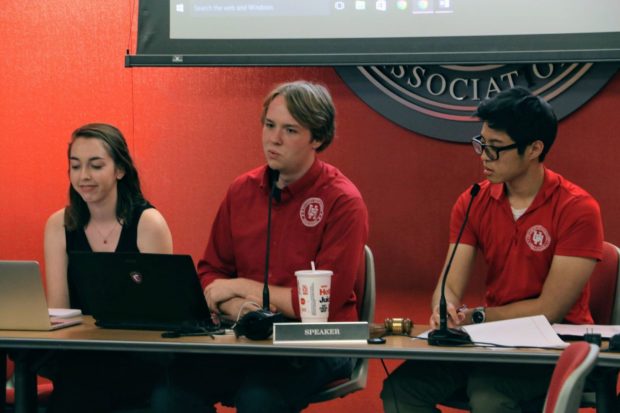Though black opera singer and Providence native Sissieretta Jones was the highest paid black performer of her time, she passed away in relative obscurity 85 years ago, leaving an unmarked grave. This weekend, bookstore Stages of Freedom will change that.
Through a series of seven free events — including a play, a tour and a concert that will culminate in the Saturday unveiling of her new headstone — Stages of Freedom will celebrate the 150th anniversary of Jones’ birth.
Jones was a pioneer as the first black woman to perform for four U.S. presidents and at Carnegie Hall. Despite her influential legacy, Jones receives little recognition today.
“(Jones) grew up on College Hill and retired to College Hill, and we really want to make her a household name in Providence,” said Ray Rickman, executive director of Stages of Freedom, a nonprofit on Westminster Street that sells books to finance swimming lessons for children of color and promotes black culture and history in the Providence community.
The three-day celebration kicked off on Thursday with an exhibit opening and one-woman play. Friday will bring a gallery tea and talk, reminiscent of the tea parties Jones would host for little girls at her house, as well as keynote addresses by Maureen Lee, a Jones biographer, and Gino Francesconi, director of the Archives and Rose Museum at Carnegie Hall. Finally, on Saturday morning, Stages of Freedom will host a walking tour, concert and ceremony for the headstone.
The event series — the largest ever hosted by Stages of Freedom — was funded with over $45,000 from an anonymous donor, several foundations and 135 GoFundMe donors who helped pay for the $8,000 headstone.
Rickman hopes the celebration will bring well-deserved recognition to a woman who influenced the world not only through her music, but also through her courageous civil rights activism during her career at the turn of the 20th century.
“Before her, if (an entertainer) performed for white people, it would be in a space where only white people could come,” Rickman explained. “She refused to perform if black people couldn’t come.”
Despite the challenges she experienced as a woman of color facing blatant racism, “she never let that stop her,” Lee said. “We can learn from her that if you have a passion and a desire that is so strong — with her it was her singing, she just had this amazing voice — you can overcome a lot of things if you keep pushing forward and trying to achieve what is most important to you.”
“Just because she has been forgotten doesn’t diminish the fact that she was an important figure,” Francesconi said.
Lee also noted that “it’s important to go back and look at the achievements of people in the past that have been overlooked and to recognize how they were pioneers and led the way for future vocalist singers and entertainers.”
Rickman is ready for that time of acknowledgement to be now. “She’s been in the grave 85 years without a gravestone,” he said. “We’re finally going to fix that on June 9.”





